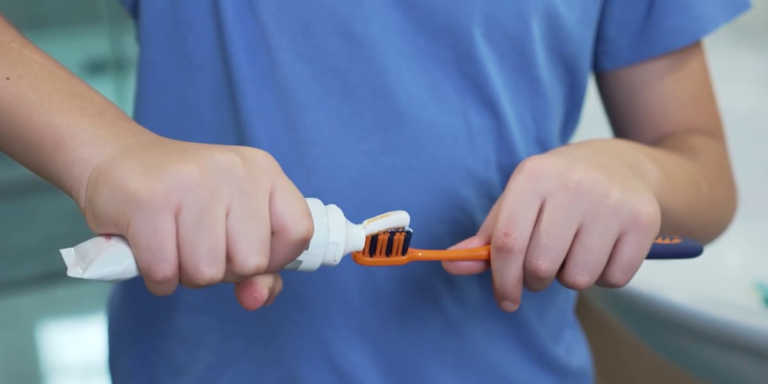CHAPEL HILL, N.C. (Ivanhoe Newswire) – In the United States, one in 50 children has a peanut allergy, and one in 200 adults have one. Peanut allergies have more than tripled in the last 20 years, and no one really knows why. But there are advances that are helping people with these allergies stay safe, and maybe one day be able to eat what they want without fear of an allergic reaction.
You could say five-year-old Kaleb Billeter is a bit of a Lego expert. He doesn’t worry much, but his mother does worry a lot.
“When Kaleb was six months old, he started getting hives all over his chest, torso and face,” said Kaleb’s mother, Elizabeth Billiter.
Hives were the first sign of a dangerous peanut allergy.
“I had bumps all over my face,” Kaleb said.
Kaleb was treated with a peanut patch, which he wore every day for several months. They hope that eventually it will help him tolerate a small amount of peanuts without having a reaction. Another treatment used, oral immunotherapy, is a microdose of peanuts.
“Children eat this peanut flour in small, increasing amounts to try to retrain their immune system and make them less reactive,” says Dr. Edwin Kim, a pediatric allergist at the University of North Carolina School of Medicine.
Today, researchers are working on a toothpaste that could one day help prevent serious allergic reactions by triggering immune cells in the mouth.
“Maybe if we take the peanut and put it in a toothpaste form that coats the entire inside of the mouth, we can take advantage of those immune cells and get the benefit we want,” Dr. Kim added.
When people brush their teeth, the peanut protein is absorbed through the mouth. None of the participants had any reactions: no difficulty breathing, swelling of the throat, pale skin, blue lips, fainting or dizziness. While this will not cure the allergy, it will make the body’s response less life-threatening.
“They taste really good,” Kaleb said.
Dr. Kim also found that putting a small amount of liquid peanut extract under the tongue helped desensitize young children to their peanut allergy. By the end of the trial, 80 percent of the toddlers could tolerate 15 peanuts without any symptoms.
Click here to report a typo.
Copyright 2024 WAFB. All rights reserved.


